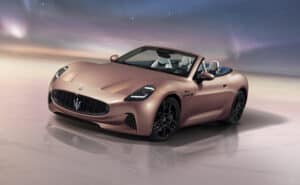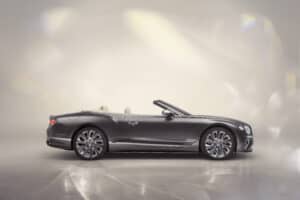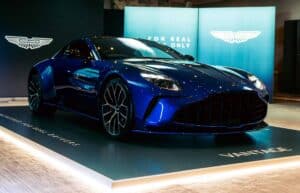It was December in 1914 when four brothers decided to pursue their passion for engines and motorsport by opening the Officine Alfieri Maserati workshop in the heart of Bologna, Italy. They had no way of knowing then, but Alfieri, Ettore, Ernesto and Bindo Maserati were laying the foundations of one of the most successful and prestigious automotive brands the world has ever seen.
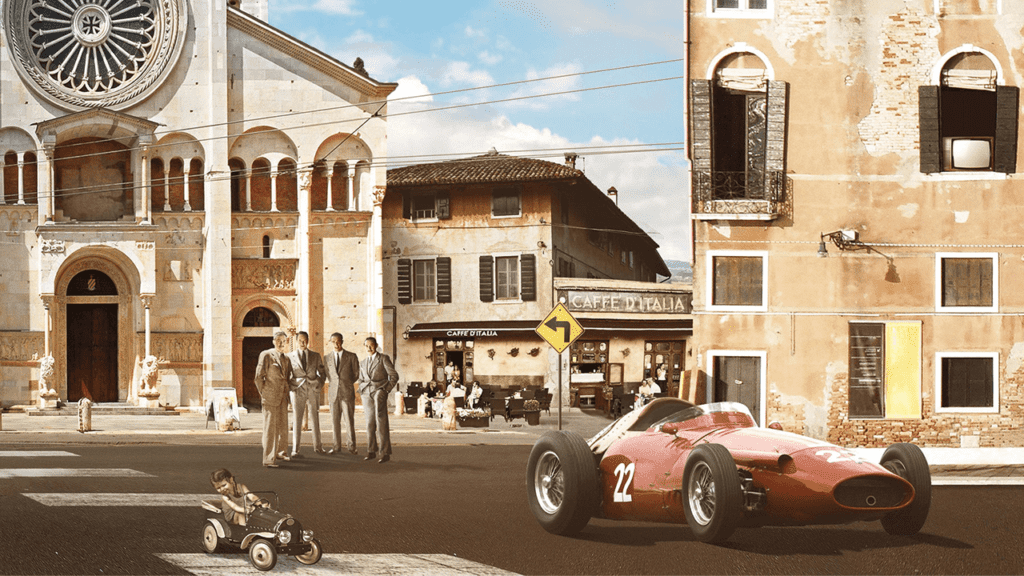
Like most Italian families, the Maserati brothers were close, but they shared much more than family ties. They were united in their vision to challenge the limits of what was thought possible in the realm of automotive engineering and design, for both road cars and racers.
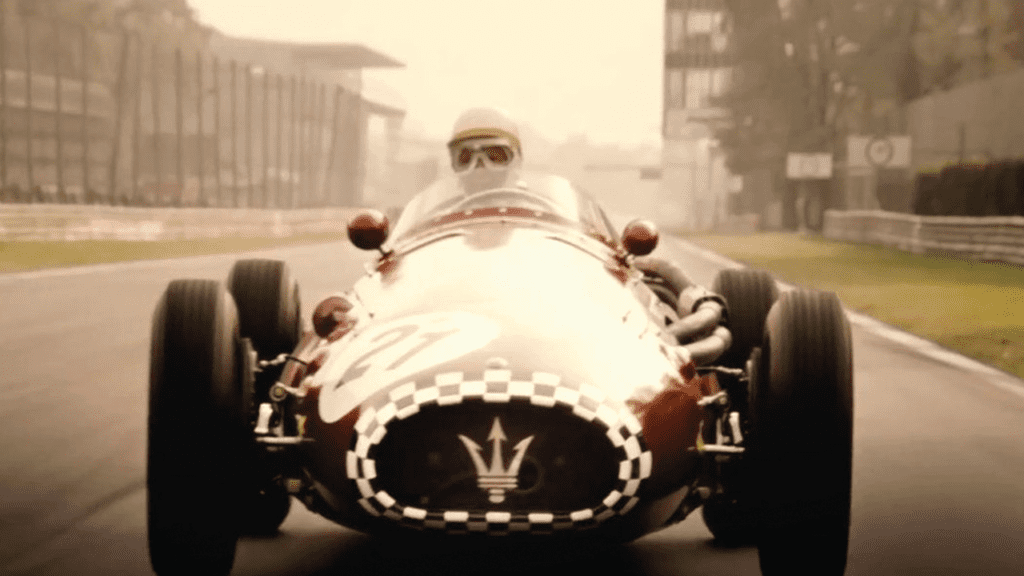
The iconic Trident badge – today one of the most recognisable company signatures in the world – was created around 1920 by the fifth Maserati brother, Mario. Mario didn’t share his sibling’s love for engineering, but he was an exceptional artist. Mario’s enduring design was inspired by the Fountain of Neptune – or Fontana del Nettuno – in the famous Piazza Maggiore in the centre of the Maserati’s first home, Bologna. The Trident symbol has been worn by every Maserati racing car since, and today stands as an emblem for performance, elegance and luxury.
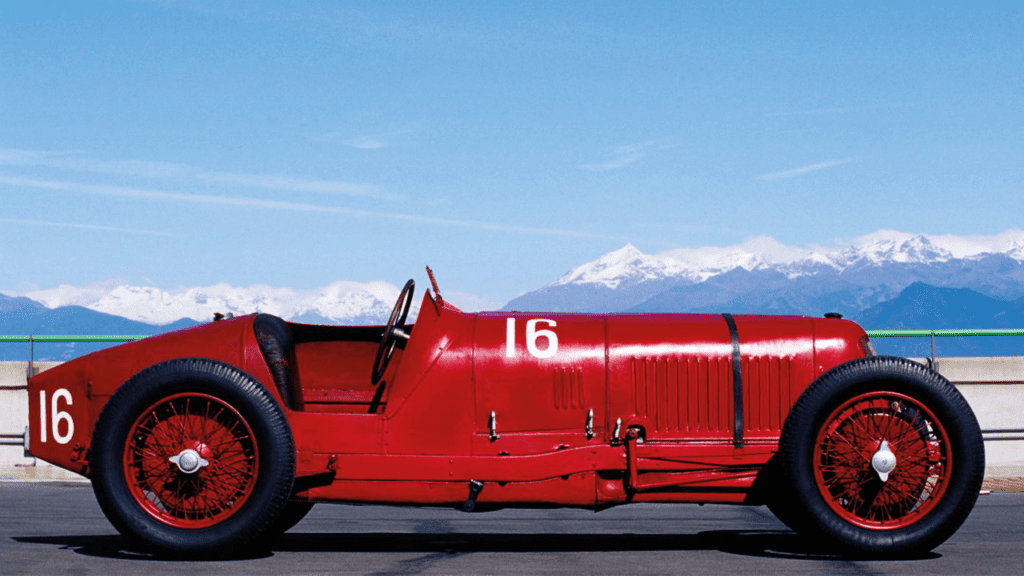
It was in 1926 when the motorsport world first got to see just how exceptionally talented the Maserati brothers were when Maserati released its first race car, the Tipo 26. Proudly wearing the Trident badge above its distinctive grille, the Tipo 26 was piloted by eldest brother Alfieri Maserati himself to a Grand Prix class victory in the famous Targa Florio endurance race across the mountains of Sicily.
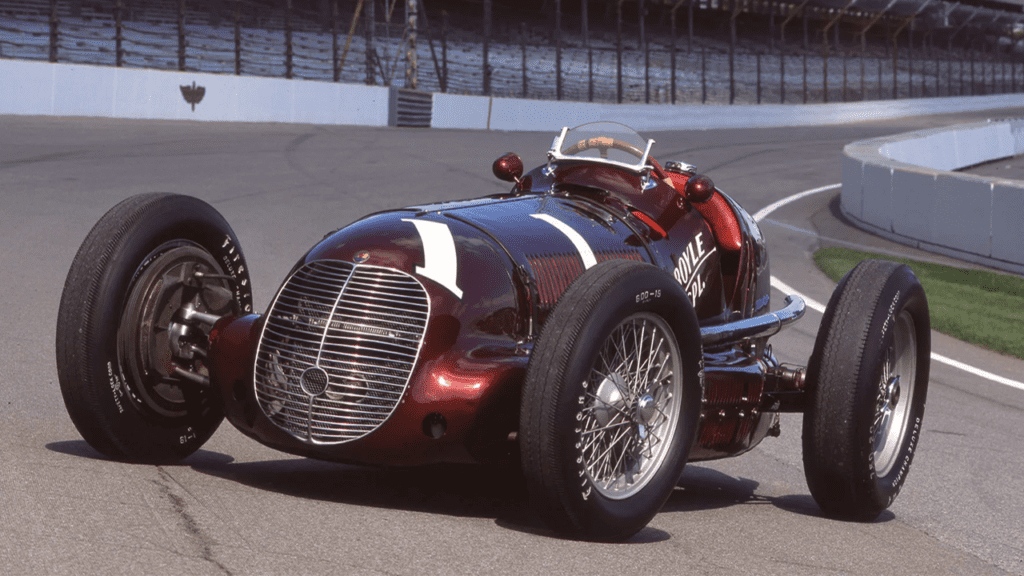
In 1932 Alfieri passed away suddenly due to complications following surgery, he was just 44 years old. Testament to his impact on the world of automotive engineering and the industrial landscape of Bologna, the city came to a standstill for his funeral; every man, woman and child wanted to pay respect to one of their greatest citizens. The remaining brothers were determined to honour Alfieri’s memory by maintaining Maserati’s momentum, and they did so in spectacular style by becoming the first European marque to win the Indy 500 race in America in 1939 with the Maserati 8CTF. This cemented Maserati’s status on the global stage as one of the finest race car producers.
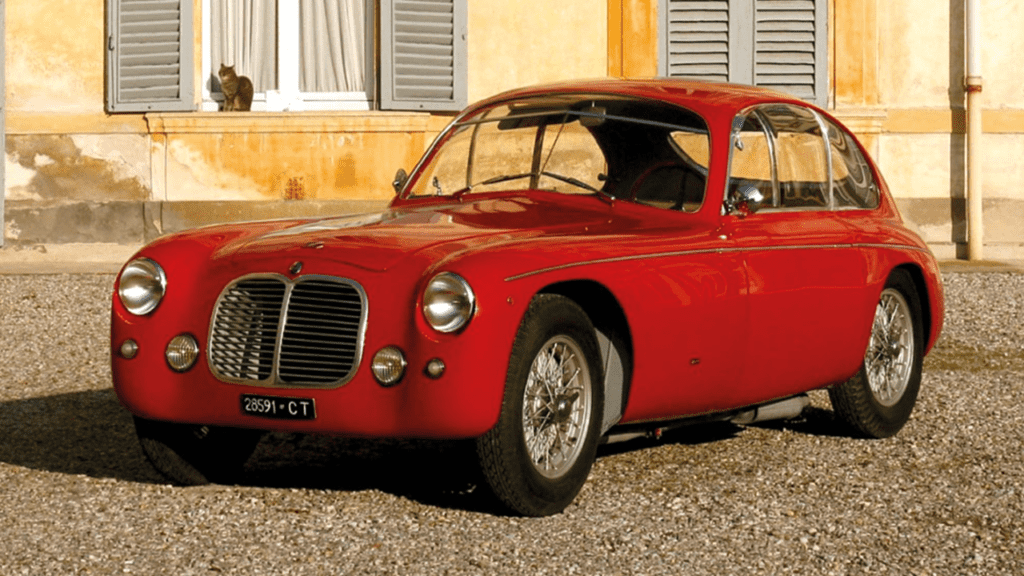
The Maserati brothers were not content with just dominating the world of motorsport, they wanted to distil their passion and knowledge into road cars, and in 1947 they introduced their first Gran Turismo, the A6. The A stood for Alfieri, a moving tribute to the brother who was the driving force behind the brand in its early years, and it showcased the characteristics we associate with Maserati cars to this day; elegant design, luxury craftsmanship and outstanding performance.
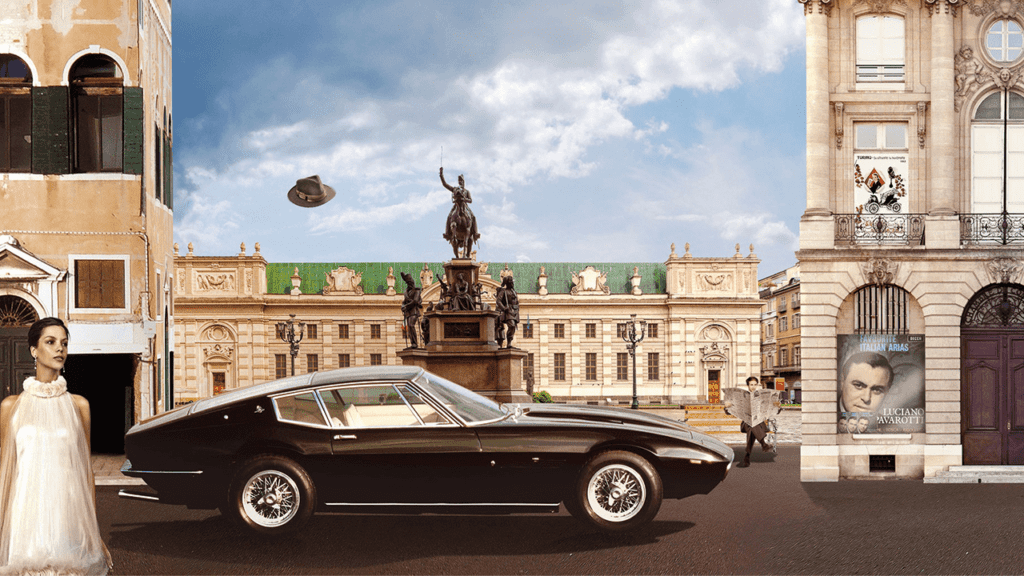
Since then Maserati has set the standard for performance road cars, whether it be a supercar, grand tourer or, today, SUV. Every model to leave the factory represents the same excellence instilled by the four Maserati brothers in 1914. In 1940 Maserati relocated to Modena, Italy, where it remains to this day and stands as a beacon of automotive excellence. Maserati was born from four brothers’ determination to be better than the accepted norm, to always go further, and those high standards have been upheld with every stage of its evolution, right up today.
.
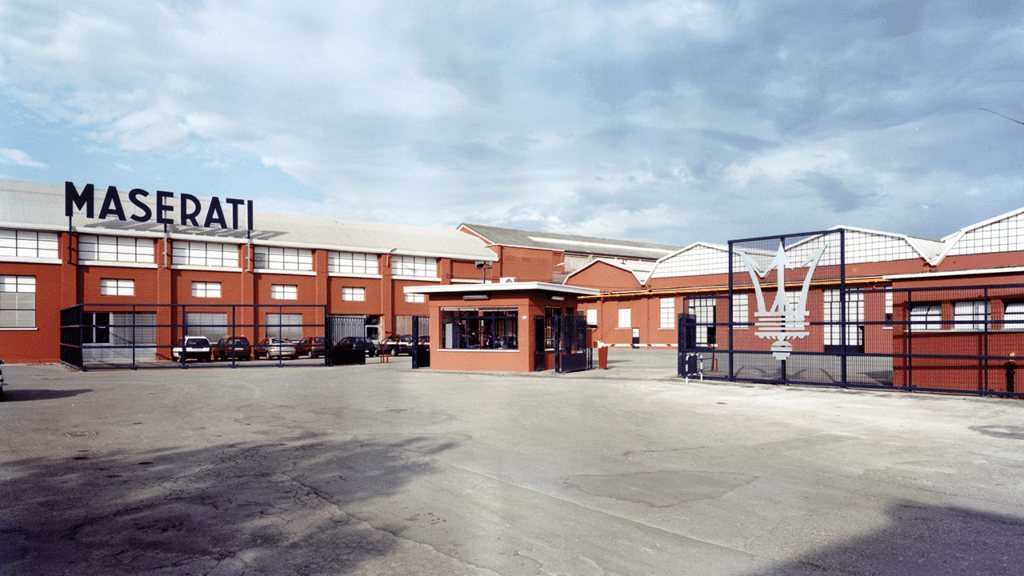
To learn more about the current range of Maserati please do contact H.R. Owen Maserati in London and Manchester.


